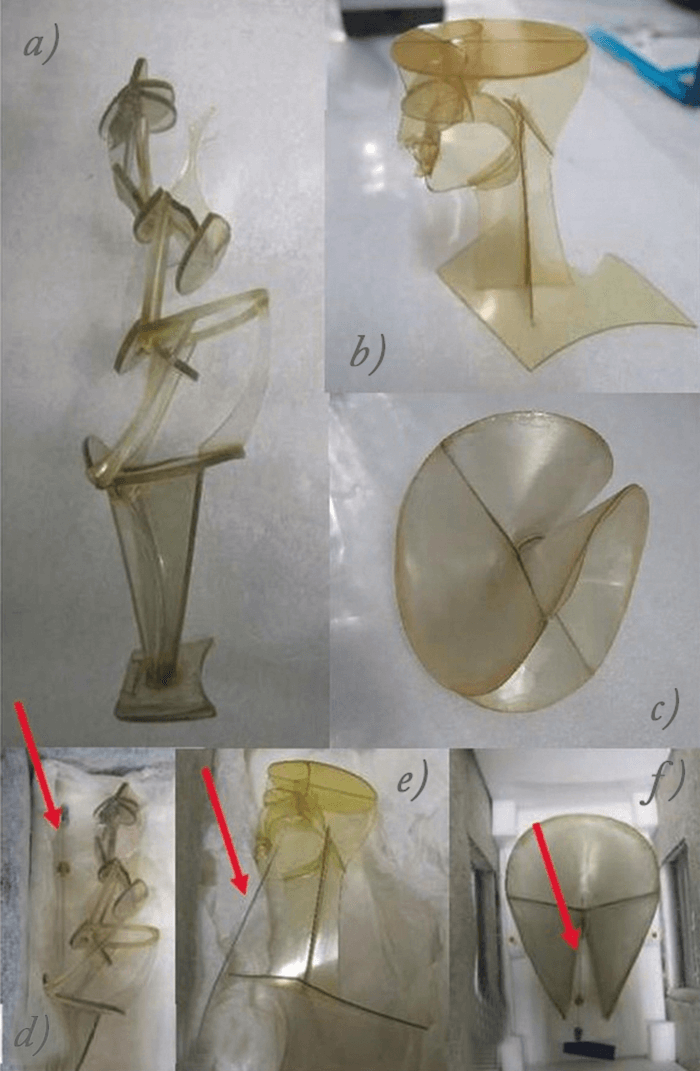The Disney Animation Research Library is a carefully climate-controlled facility housing original celluloids of the animation giant’s most beloved films. However, even in these state-of-the-art surroundings Disney’s early animation cels have begun to fall prey to the ravages of time; the film has started to show signs of shrinking, cracking and discoloration. Disney called in Tom Learner, head of the Getty Conservation Institute’s Science department (1) to save the day. After analyzing cels using Fourier-transform infrared (FTIR) spectroscopy to identify the polymer base materials – cellulose diacetate and cellulose triacetate – and characterizing chemical composition using pyrolysis-GC-MS, Learner’s team discovered that it was possible to re-adhere the paint by placing the cels in humidity chambers (2). For now, at least, Bambi and Pinocchio are safe.

However, prevention is almost always better than cure – and analytical science could have a part to play here too. A team from UCL (London) and University of Strathclyde (Glasgow) recently used solid-phase microextraction (SPME) ahead of GC-MS to assess potential degradation in plastic sculptures and other items, by artists including Naum Gabo and Antoine Pevsner, housed at the Tate Museum. The researchers looked for combinations of volatile organic compounds released during the decay of polymers, such as cellulose nitrate (CN), cellulose esters, polyurethane (PUR) foams and polyvinyl chloride (PVC). They discovered that in many cases, this method allowed tracking of the decay process – with classification accuracies of 50–83 percent. “Analyses of 25 CN samples shows an increase in furfural emissions […] Propanoic acid (PA) emissions increased over time for 19 samples of CP […] PUR samples were found to emit 5-ethenyldihydro-5- methyl-2(3H)-furanone and aldehydes including pentanal, hexanal and benzaldehyde (3)”. The technique could allow museums and galleries to “sniff out” the level of decay of plastic objects, and earmark those in most urgent need of conservation work. So with Disney’s cels salvaged, and a promising technique at hand for preservation of polymer-based artworks, we take our hats off to “The Rescuers”…
References
- The Getty Conservation Institute, “Preservation of plastics: Disney animation cells” (2017). Available at: https://bit.ly/2GdaExj. Accessed March 27, 2018. M Giachet et al., “Characterization of chemical and physical properties of animation cels from the Walt Disney animation research library”, ICOM-CC 17th Triennial Conference Preprints (2014). K Curran et al., “Classifying degraded modern polymeric museum artefacts by their smell”, Angew Chem Int Ed, [Epub ahead of print] (2018).




